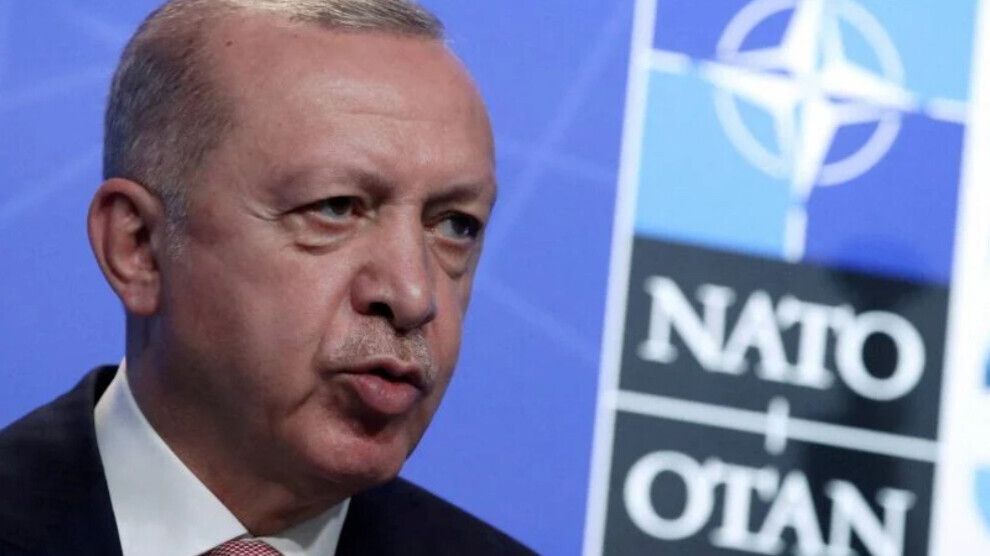
24/05/2022
BY HENRY SAKER-CLARK,
KPMG has been hit with a £3.37 million (€3.9 million) fine by the UK's audit watchdog over failings working on accounts for engineering giant Rolls-Royce.
The big four auditor was told it could face a fine of up £4.5 million but saw this reduced after admissions related to the case.
The Financial Reporting Council (FRC) first launched an investigation into KPMG’s conduct in 2017 over bribery allegations following a probe by the Serious Fraud Office (SFO).
KPMG had been Rolls-Royce auditor since 1990 but was sacked by the FTSE firm after agreeing a settlement with the SFO and US Department for Justice amid bribery claims.
It resulted in the auditor paying out £670 million in fines.

On Tuesday, the FRC highlighted that its latest findings related to two sets of payments made by the company to agents in India, which “gave rise to allegations of bribery and corruption”.
The regulator said that KPMG was aware of “allegations of bribery and malpractice through the use of intermediaries and advisers”, which also involved a separate defence firm.
The FRC said the new findings amounted to “serious failures to exercise professional scepticism, to obtain sufficient, appropriate audit evidence and document this on the audit file”.
However, it said that this did not result in material misstatements across Rolls-Royce’s financial statements, although there was a breach to a “discrete” area of its 2010 audit.
Claudia Mortimore, deputy executive counsel to the FRC, said: “It is essential that auditors are alive to the risks of companies’ non-compliance with laws and regulations, and conduct work in this area with care and sufficient professional scepticism.
“This is particularly so when the audited entity is in a sector where such risks are known to be prevalent.
“The package of financial and non-financial sanctions imposed in this case should help to improve the quality of future audits.”
Jon Holt, chief executive of KPMG in the UK, said: “When I came into my role as chief executive, I said that we would move swiftly to resolve and learn from our outstanding regulatory cases.
“I am pleased we have now concluded this historic matter and I’m sorry that elements of our work in the full-year 2010 audit of Rolls-Royce Group plc did not meet the professional standards required.
“In addition to resolving legacy cases, we are also investing significantly in training, controls and technology to improve quality and resilience in our audit practice.”
It comes just weeks after the FRC confirmed a £14.4 million settlement from KPMG after former staff forged documents relating to collapsed outsourcing firm Carillion.




.jpg)






.jpg)